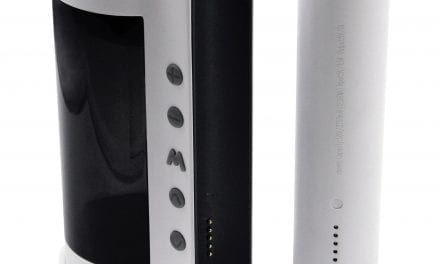A new study by Barbara M. Ostfeld, PhD, and Thomas Hegyi, MD, professors in the Department of Pediatrics at UMDNJ-Robert Wood Johnson Medical School, has identified that more than 96% of infants who died of sudden infant death syndrome (SIDS) were exposed to known risk factors, among them sleeping on their side or stomach, or exposure to tobacco smoke, and that 78% of SIDS cases contained multiple risk factors.
The study, “Concurrent Risks in Sudden Infant Death Syndrome,” was published online by Pediatrics and will appear in the journal’s March print issue. The study provides evidence that despite a decline in SIDS, a continuing effort should be made by health care providers to educate parents and other caregivers and to do so with attention to all identified risk factors, as recommended by the American Academy of Pediatrics (AAP).
In 2005, according to the CDC, 2,234 infants died of SIDS in the United States. The study notes that the incidence of SIDS has declined by more than 50% since the onset of public health initiatives during the 1990s, most notably the AAP’s “Back-to-Sleep” campaign, to raise awareness of infant care practices that elevate the risk of SIDS. However, the study indicates that risk-reduction education needs to be more comprehensive.
“It is important that health care providers communicate all of the risk factors of SIDS ideally during the prenatal period as well as at birth and throughout the first year of an infant’s life,” said Ostfeld, who also is program director of the SIDS Center of New Jersey.
“Risk-reduction education of new parents and all other caregivers, such as grandparents and babysitters, should be detailed,” said Hegyi, who also serves as the medical director of the SIDS Center of New Jersey. “Parent’s questions and concerns should be addressed thoroughly.”
The authors note that guidance to parents regarding safe sleep practices should address the importance of “Back-to-Sleep,” the position associated with the lowest risk, but also should cover all other practices that have been identified as lowering the risk of SIDS according to the AAP guidelines. These include, but are not limited to, avoidance of exposure to tobacco smoke; elimination of the use of pillows, quilts, and soft or loose bedding in the infant’s sleep environment; avoidance of any face covering; and avoidance of the use of a shared sleep surface during sleep.
The complete guidelines of risk reduction practices recommended by the American Academy of Pediatrics can be found on the SIDS Center of New Jersey Web site. The complete study can be found online. (Subscription may be needed.)



